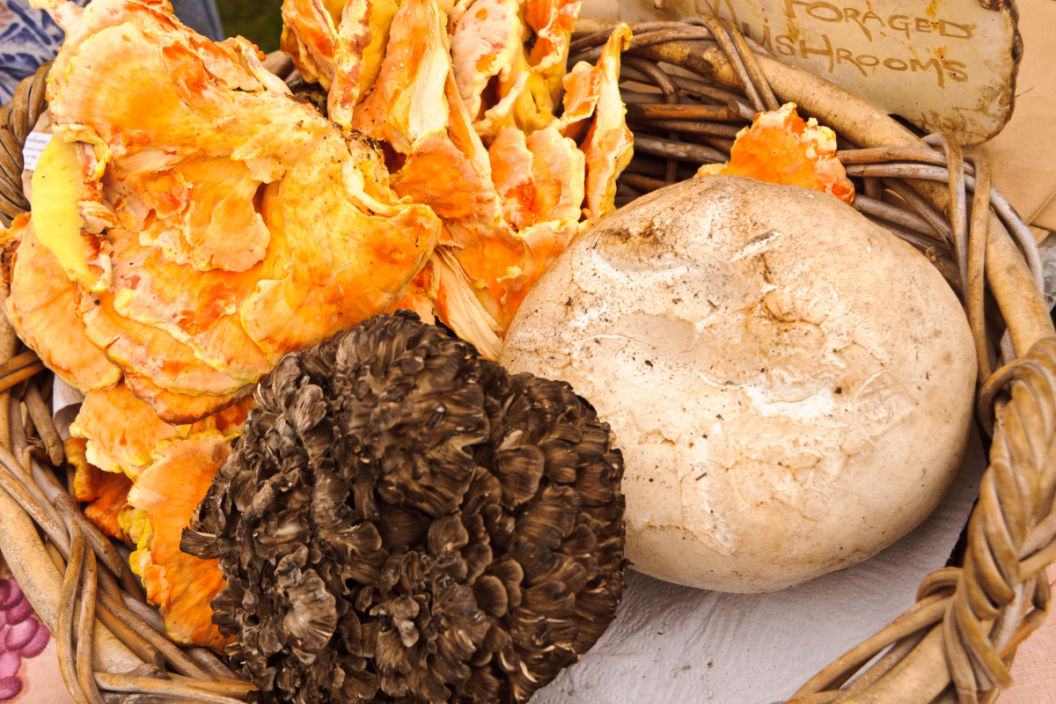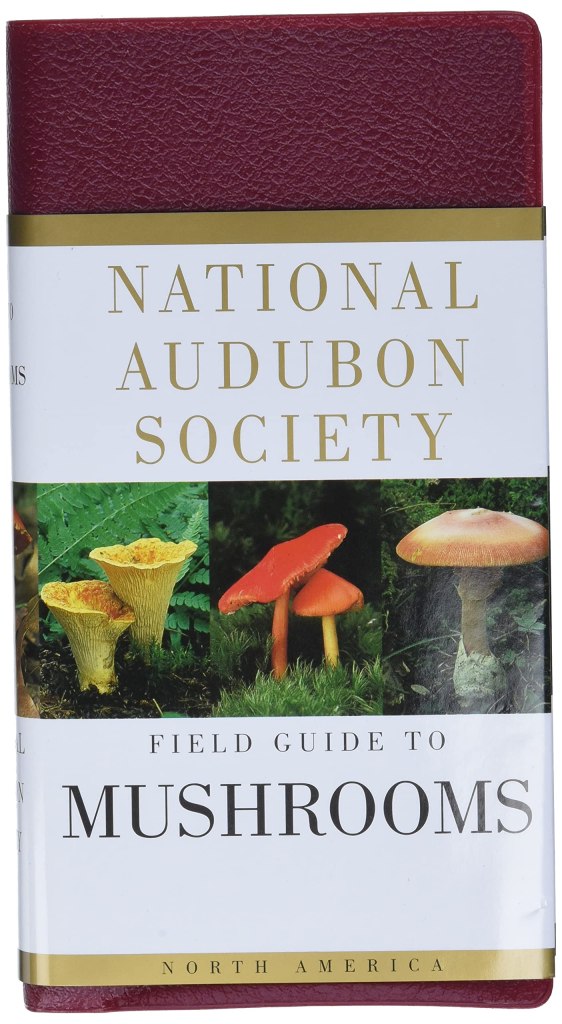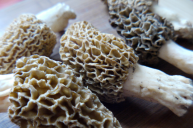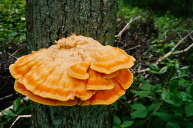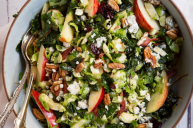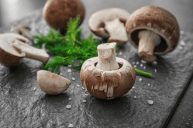Mushroom hunting is not something you'd expect to see someone list as dating profile hobby. But it is growing in popularity around the world. Between September and October, mushroom festivals can be found all over North America. While mushroom foraging can be done any time of year, Fall is a great time of year to seek out wild edible mushrooms.
Videos by Wide Open Country
Not So Fun Fact: In America, mushroom poisoning kills about seven people per year and makes thousands sick. Scavenging for fall fungi is serious business since there are many poisonous lookalikes. Even the most experienced fungi hunter should always carry a field guide.
While morel mushrooms are the springtime focus for many mushroom hunters, fall mushrooms are varied and delicious. It's a great time to stock up on fungi for all your winter recipes.
9 Fall Mushrooms To Forage
1. Puffball Mushrooms
Puffball Mushrooms are easy to identify and grow even in well-trampled areas. They look like giant puffballs and can be as big as basketballs! They will have totally solid white flesh on the inside. If you see any hollow areas or darker colors, don't eat that one. Cook them up in omelets or use in pasta
2. Chicken of the Woods Mushrooms
Chicken of the Woods Mushrooms looks like one of Martha Stewart's fancy roosters. They're very unique because of their bright colors that look like a crazy rooster comb. Mushroom hunters find them growing (or "fruiting") exclusively on trees or tree roots.
This hardy mushroom can be found into late November and because they're so meaty, vegans love them as a chicken substitute in stir fry or pasta dishes.
3. Hen of the Woods mushrooms
Hen of the Woods mushrooms are similar to the Chicken of the Woods but less colorful. Still meaty and great for richer dishes. They're also known as Maitake mushrooms and look like fans with close together layers. The're easiest to find on oak trees or on the stumps of other hardwood trees in early fall, especially after it rains.
4. Oyster Mushrooms
You'll only find Oyster mushrooms growing on trees. These all-white mushrooms don't have much flavor but their chewy texture is really good in stir fry. They're easy to find in the supermarket and a great introduction to cooking with wild edible mushrooms
5. Honey Mushrooms
Honey Mushrooms are smooth with gills attached to the stem. They don't actually taste like honey but they are the color of honey. Despite their sweet name, they actually have a few toxic lookalikes so make sure you know what you have before eating. They're common in the Midwest but really not the most popular fungi as far as taste goes.
6. Lion's Mane Mushrooms
Lion's Mane Mushrooms will not win any beauty contests. They start out looking like a white-colored lion's mane but then turn yellowish-brown after they start to go bad. Also known as Hericiums or Bear's Head Tooth mushrooms, mushroom hunters find these in giant clusters on hardwood trees like oak or beech. They get broken apart in clumps and are usually fried.
But in addition to tasting pretty good, homeopaths believe they help strengthen brain health and help prevent dementia, Alzheimer's, and Parkinson's.
7. Chanterelles
Chantrelles are one of the most well-known gourmet wild mushrooms. Jack-o-lantern mushrooms are a toxic lookalike to the Chanterelle so again, always have your field guide.
Early fall is the time to hunt Chanterelles. Look down in very moist soil at the base of maple, birch, pine, and oak trees. You'll find them sautéed in many gourmet dishes with their bright orange beauty.
8. Lobster mushrooms
Lobster mushrooms are similar to Chanterelles and Chicken of the Woods in color and texture with that clumpy lobster meat appearance. They have vibrant orange flesh that resembles cooked lobster meat. Adding to their uniqueness is a fishy smell. September and October are the best time to hunt Lobsters. The mushroom variety, that is.
9. Black Trumpet mushrooms
Black Trumpet mushrooms look like trumpets. Almost black or brown in color, look for them after a rain near oak trees. They often hide near moss and blend in the shadows. They have a stronger almost smoky flavor so a few Black Trumpets in a recipe go a long way.
Products featured on Wide Open Eats are independently selected by our editors. However, when you buy something through our links, we may earn a commission.
